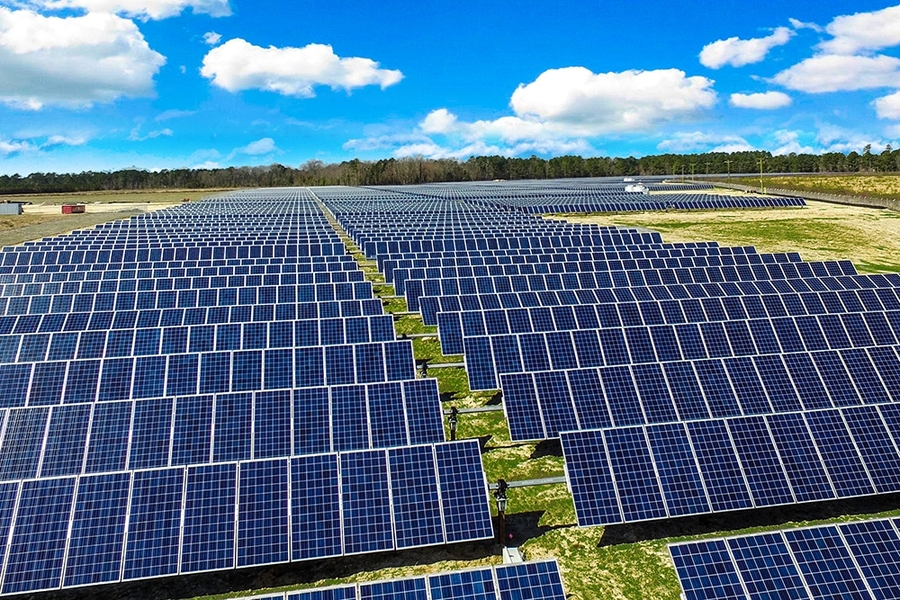Photo AI
Last Updated Sep 27, 2025
Energy Resources I Simplified Revision Notes for Junior Cycle Geography
Revision notes with simplified explanations to understand Energy Resources I quickly and effectively.
418+ students studying
Energy Resources I

Natural Resources
Natural resources can be classified as either renewable or non-renewable.
- Renewable Resources: These resources can be used repeatedly and do not run out. They are non-finite. Examples include solar energy, wind energy, and hydroelectric power.
- Non-Renewable Resources: These resources cannot be replaced once they are used up. They are finite, meaning they will eventually run out. Examples include oil, coal, and peat.
Renewable Energy
- Solar Energy: Used to heat homes and power road signs. It is clean with no CO₂ emissions and is non-finite. The disadvantage is that energy production varies throughout the year.
- Wind Energy: Adds electricity to the National Grid. It is clean with no CO₂ emissions and is non-finite. The disadvantages are that turbines can be noisy and visually unappealing.
- Hydroelectric Power (HEP): Generates electricity for the National Grid. It is clean with no CO₂ emissions and is non-finite. It also creates recreational areas such as the Blue Lagoon in Iceland. The disadvantages are that it disrupts fish migration and floods land behind dams.
- Geothermal Energy: Used to heat homes and in some countries generate electricity for the National Grid. It is clean with no CO₂ emissions and is non-finite. The disadvantage is that it requires high ground temperatures, which limits its use in some areas.
- Nuclear Energy: Used in Europe for electricity, though not in Ireland. It is cheap to produce. However, there are safety concerns and it is costly to store safely.

Non-Renewable Energy
- Oil: Used for heating homes, industry, and making products like petrol and plastics. It is cheap, efficient, and widely available. The disadvantages are that it is finite, can cause environmental damage from spills, and its price fluctuates.
- Coal: Used for heating homes. It is cheap and easily available. The disadvantages are that it is finite and emits CO₂.
- Natural Gas: Used for heating homes and sourced in Ireland. It is cheap and easily available. The disadvantages are that it is finite and emits CO₂.
- Peat: Used for heating homes, briquettes, and power stations. It is cheap, easily available, and sourced in Ireland. The disadvantages are that it is finite and emits CO₂.

500K+ Students Use These Powerful Tools to Master Energy Resources I For their Junior Cycle Exams.
Enhance your understanding with flashcards, quizzes, and exams—designed to help you grasp key concepts, reinforce learning, and master any topic with confidence!
10 flashcards
Flashcards on Energy Resources I
Revise key concepts with interactive flashcards.
Try Geography Flashcards1 quizzes
Quizzes on Energy Resources I
Test your knowledge with fun and engaging quizzes.
Try Geography Quizzes29 questions
Exam questions on Energy Resources I
Boost your confidence with real exam questions.
Try Geography Questions27 exams created
Exam Builder on Energy Resources I
Create custom exams across topics for better practice!
Try Geography exam builder60 papers
Past Papers on Energy Resources I
Practice past papers to reinforce exam experience.
Try Geography Past PapersOther Revision Notes related to Energy Resources I you should explore
Discover More Revision Notes Related to Energy Resources I to Deepen Your Understanding and Improve Your Mastery
Load more notes